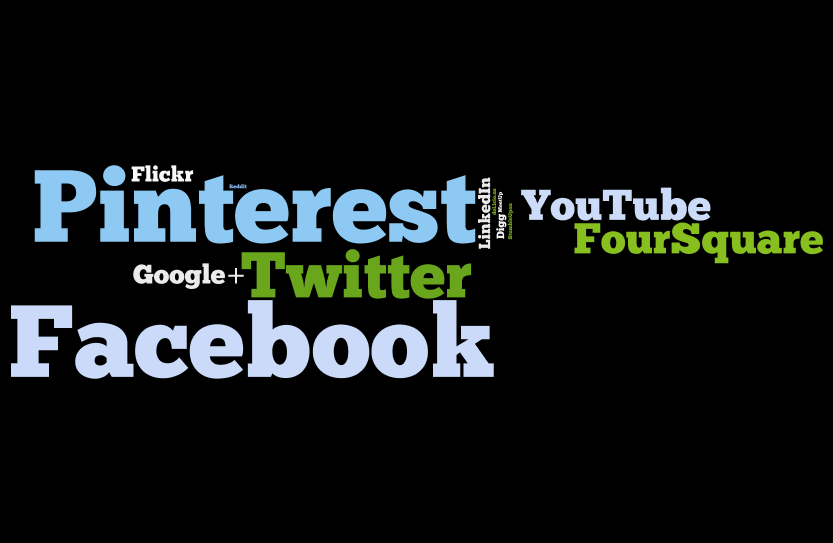This week, the media is all aflutter covering the new fall line-ups that are being announced at the annual upfront presentations being made by the major broadcast networks. There are several places online where you can read about the new shows and industry analyses of which shows should do well in terms of ratings and advertiser support. We thought we’d buck the trend and instead talk about another medium: Out-of-Home.
This catch-all category includes everything from small 8-sheet and 30-sheet posters (the kind you see on city streets), large bulletins on freeways and atop buildings, painted walls, airport advertising, airplane banners, transit ads, street teams, mobile billboards, doctor’s office ads, stadium sponsorships, taxi ads, wrapped vehicles… the list is nearly endless.
When executed properly, an out-of-home campaign has the potential to generate a lot of reach, increase awareness, create buzz, and drive store traffic. However, all too often, out-of-home media buys are given short shrift and end up not living up to their potential.
I saw examples of both types recently, and oddly enough, on the same stretch of freeway. We’ll start with the negative example first, because I saw it first and it bothered me enough that I commented on it to my wife, pointing out what a poor use of out-of-home media it was.
The advertiser, which I won’t name, was a casino. The creative, while all text-based and not particularly eye-catching, wasn’t necessarily bad. What put me off was that there were two identical bulletins, both facing the same direction, situated directly across from each other on opposite sides of the freeway. Each board had the exact same creative execution. This particular stretch of freeway was not so wide that someone in the far right lane could not have seen the board to the left, on the other side of the freeway, and vice-versa. There was no reason that there needed to be two boards, exactly the same, on either side of the freeway.
You know when you’re watching TV and you see the exact same commercial spot twice during the same commercial break? Chances are, you probably think that was either a mistake at best, or a waste of money at worst. Some vendors will try to argue that you’re “doubling your audience” by doing that, which of course isn’t true. At most, you’re just increasing the frequency of your message, but it can work against you if the audience gets frustrated or annoyed by seeing it repeated too many times.
That brings me to another point about the double casino bulletin ads that I saw – both bulletin structures were owned by the same vendor. So, the system broke down at two key areas. Firstly, the vendor sold the agency (and the client) on these locations, when really they should have picked only one of these locations and found another suitable location in a different area for the other bulletin. Secondly, the media buyer either didn’t do an “outdoor ride” (physically getting in a car with the vendor to ride around town and look at all of the recommended locations for the ads before they are posted), or at the very least did not look closely at a map to determine that those locations were right next to each other.
That’s a real shame, because the client missed out on an opportunity to increase their reach by having two bulletins in completely different locations to reach a wider audience of freeway travelers. Those bulletins are expensive, costing many thousands of dollars every month, not to mention the cost of creating the ads. That’s money that was, unfortunately in this case, not being spent well.
Let’s get to the more positive example. Shortly down the freeway from the casino boards, I saw an excellent use of the synergy between a medium and the creative message. As with the casino boards, the advertiser (the theatrical release of Thor) had chosen to buy two bulletins, one each on opposite sides of the freeway. In this case, though, the location of the bulletins was deliberately chosen. In an eye-catching and very memorable piece of creative, the board on the left-hand side featured an image of Marvel Comics’ Thor character looking across the freeway, with his arm outstretched as if he had just thrown something. On the opposite side of the freeway, the bulletin on the right featured Thor’s hammer, Mjölnir, in mid-flight, having just been “thrown across the freeway” by Thor. Each execution featured an extension that rose slightly above the height of the board (Thor’s head on the left, and part of his hammer on the right), to help break up the monotony of all of the rectangular-shaped boards on this section of freeway.
Although, to my point above, this dual-execution does not really generate additional reach, since the same motorists should really see both boards at once, it is extremely memorable and does generate a lot of buzz and excitement. Just a quick Google search on “Thor movie outdoor ads” returned a long list of blogs, entertainment sites, newspapers, design houses, and business sites that mention the eye-catching ads. All of that free publicity is worth millions of additional impressions beyond the ones generated by the actual bulletins themselves.
That’s a perfect example of designing a creative execution to take advantage of the medium. It’s so much better than just “double-spotting” your board on either side of the freeway.
Comments are closed.




